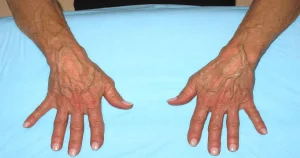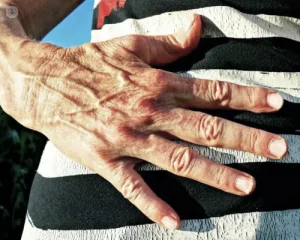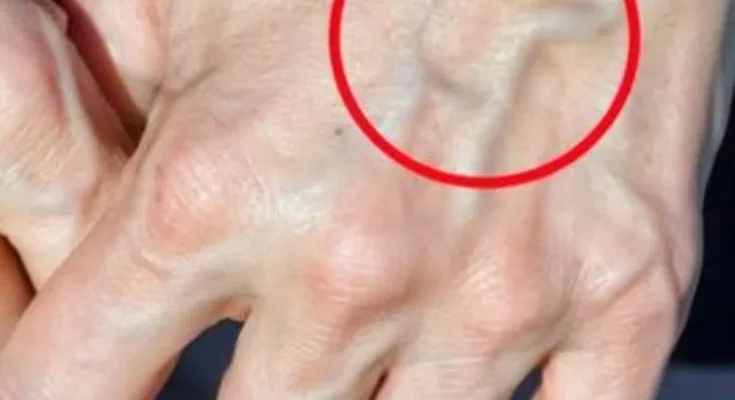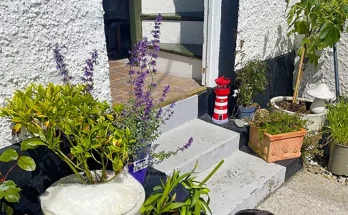It can be surprising to suddenly notice veins on your hands, arms, legs, or even your chest that weren’t obvious before. For many people, these veins are perfectly normal and often linked to harmless factors like aging, genetics, or temporary body changes. Still, in certain situations, veins that appear out of nowhere could signal an underlying health issue that deserves attention.
Why Do Veins Suddenly Look More Noticeable?
There are several common—and usually harmless—reasons why veins may become more visible:
1. Low Body Fat
When body fat decreases, especially around the limbs or torso, the natural “padding” under the skin becomes thinner. This makes veins easier to see.
2. Exercise and Weight Training
During physical activity, blood flow increases, which makes veins swell temporarily. With regular exercise, muscles grow and push veins closer to the skin’s surface, making them look more prominent over time.
3. Hot Weather
Warm temperatures cause blood vessels to dilate (widen) so the body can release heat. This makes veins more visible, especially in the arms and legs.
4. Aging
As we grow older, the skin naturally becomes thinner and loses elasticity. This makes underlying structures, like veins, stand out more easily.
5. Hormonal Changes
Pregnancy, menopause, or hormone therapy can all affect blood circulation, sometimes making veins more noticeable in new areas of the body.
When Should You Be Concerned?

While visible veins are often harmless, there are times when they may indicate something more serious. Keep an eye out for these warning signs:
-
Sudden Appearance Without a Clear Cause
If new veins show up suddenly without weight loss, exercise changes, or other obvious reasons, it could point to a circulation problem. -
Pain, Swelling, or Redness
Tender, swollen, or warm veins may be linked to phlebitis (inflammation) or deep vein thrombosis (DVT), which requires urgent medical care. -
Hard or Rope-Like Veins
This may be a sign of varicose veins or superficial thrombophlebitis, where a clot forms in a vein near the skin’s surface. -
Skin Changes Around the Vein
If the skin becomes discolored, itchy, or develops ulcers, it could indicate chronic venous insufficiency—a condition where blood has trouble returning to the heart, often causing pooling in the legs. -
Veins on the Chest or Abdomen
Though less common, visible veins in these areas may suggest a more serious internal issue, such as liver disease or, in rare cases, certain cancers.
When to See a Doctor

You should consult a healthcare provider if:
-
The veins appeared suddenly with no obvious reason.
-
You notice swelling, cramping, or unexplained fatigue.
-
The veins feel painful, warm, or inflamed.
-
You’re concerned about appearance and want treatment options.
Final Thoughts
In most cases, visible veins are simply a natural part of how your body adapts to age, exercise, or environmental factors. However, it’s important to pay attention to sudden changes—especially if they come with discomfort or other symptoms.
When in doubt, talking to your doctor can give you peace of mind and ensure any serious conditions are caught early.




